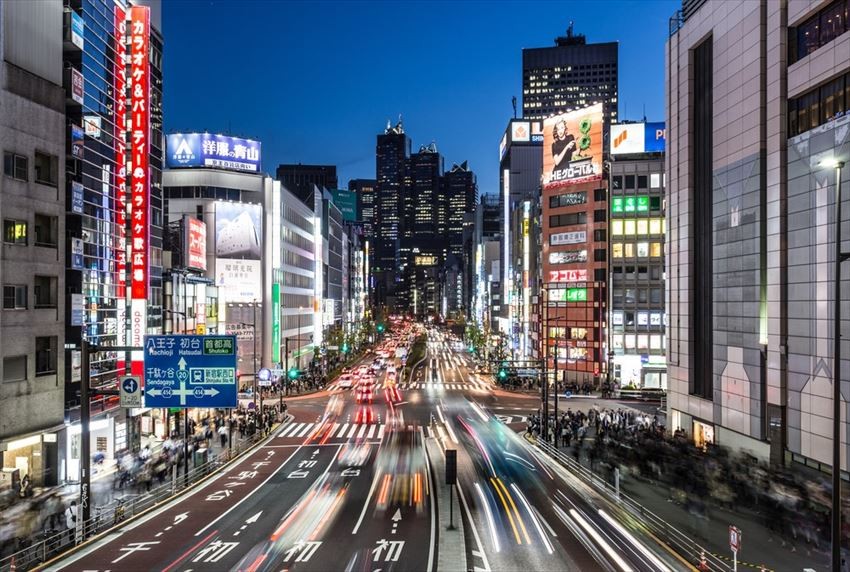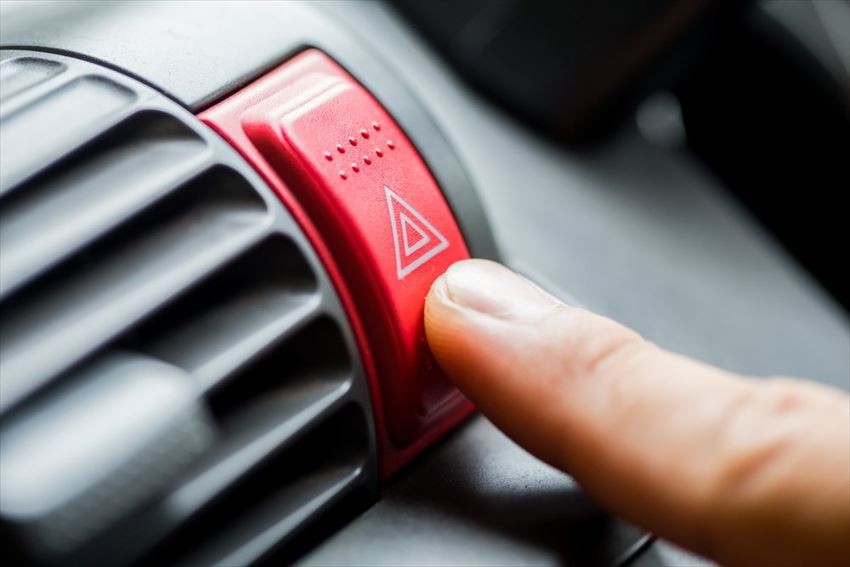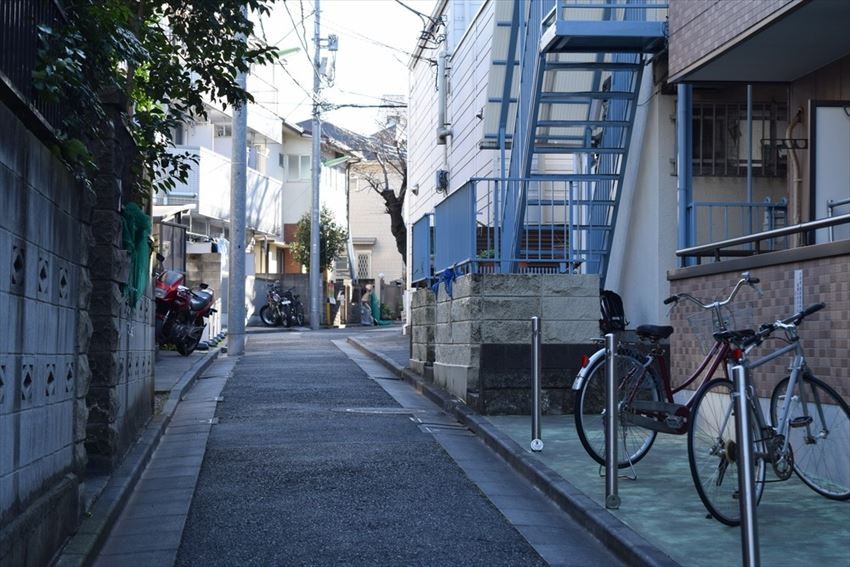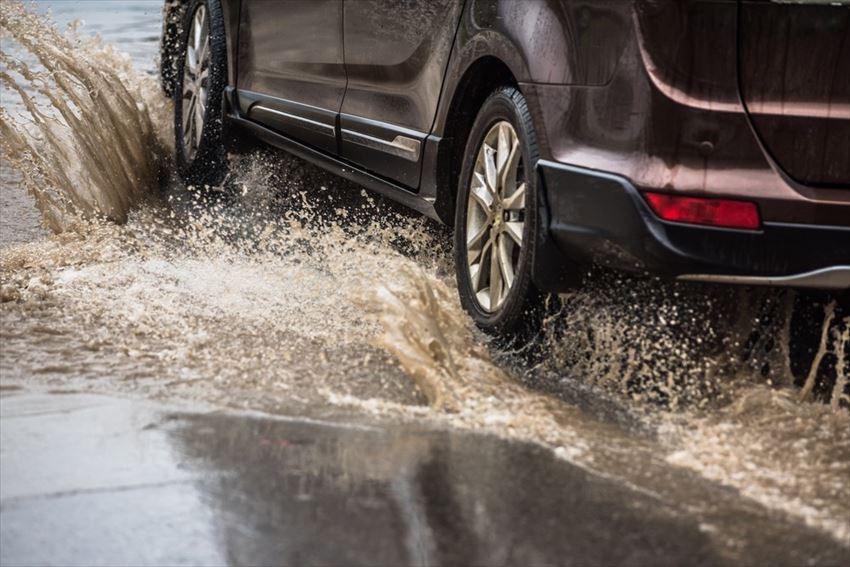
Road trips are getting more and more popular with tourists, especially for destinations like Okinawa or Hokkaido where the public transportation network isn't as extensive. Even for an experienced driver, it can still be nerve-wracking to drive in another country where rules and manners are different, not to mention driving on the other side of the road. You may not speak Japanese, and you don't want to ending up breaking a law that you didn't know about.
Here are five things you may not know about driving in Japan, but will be glad you learned.
1. Flashing your hazard lights is a good thing

When another driver shows courtesy, like letting you go first at an intersection or moving over to let you pass, you can flash your hazard lights by way of thanks. Of course, you can also smile, give a slight bow, or raise your hand to show gratitude to an oncoming driver. But if the car you want to thank is behind you, a quick couple of flashes of your hazard lights will communicate your thanks. This is common practice in Japan, and the other driver will appreciate the gesture.
2. Take the high road

Japan is full of narrow, winding roads with no sidewalks. If you're used to wide roads with clearly-marked lanes, you may need some time to adjust to driving on them.
Some roads are only wide enough for one car, even though two-way traffic is allowed.
If you're driving on one of these roads, and you see a car approaching from the other direction, it's best to pull to the side of the road if there is room and let the other car pass.
If you keep moving forward, you may reach a point where it is too narrow for cars to pass, forcing one of you to back up and find a place to pull over.
If in doubt, stop and let the other car pass first.
3. The pedestrian is always right

Thanks to Japan's efficient railway network, many people choose to walk or ride a bike to the station every morning to get to work. So it is likely you will encounter a lot of pedestrians at every intersection or stop light while driving.
At every pedestrian crossing you must let the pedestrians go first, even if they the crossing light has turned red while they are still in the road. Many of these crossings won't have a stop light or sign, but you must always stop for pedestrians. This is the law, not just a question of manners.
4. Stickers tell all

You can usually tell when someone is a new driver because they can't keep up with the traffic flow.
Japan, however, has devised an easy way to identify novice drivers by coming up with big, bright sticker for their cars.
This yellow and green sticker shaped like the feathers of an arrow fletching is actually supposed to represent a green leaf and is mandatory for all beginner drivers in Japan. It must be displayed on the car for one year after obtaining a driving licence.
If you see one of these stickers, stay back from the car or give the driver a break when he or she doesn't drive as quickly as you'd like.
You may also see a colorful, four-leaf clover-shaped sticker (the older version is orange and yellow and droplet-shaped) . They denote senior drivers and are mandatory for those over 75 years old.
5. Beware of mud

This final tip isn't crucial for your safety but may save you some money on a rainy day.
According to Japanese law, if you splash someone with mud while driving through a puddle, you are liable for a 6,000-yen (about US$55) fine. Not only will you pay a fine, but you may need to cover the pedestrian's cleaning bill.
-----
Now you've learned some basic manners and lesser-known rules of driving in Japan, though the ones I mentioned are just the tip of the iceberg. But I am sure that by knowing just a little bit, you will feel more confident when you get behind the wheel.

Comments